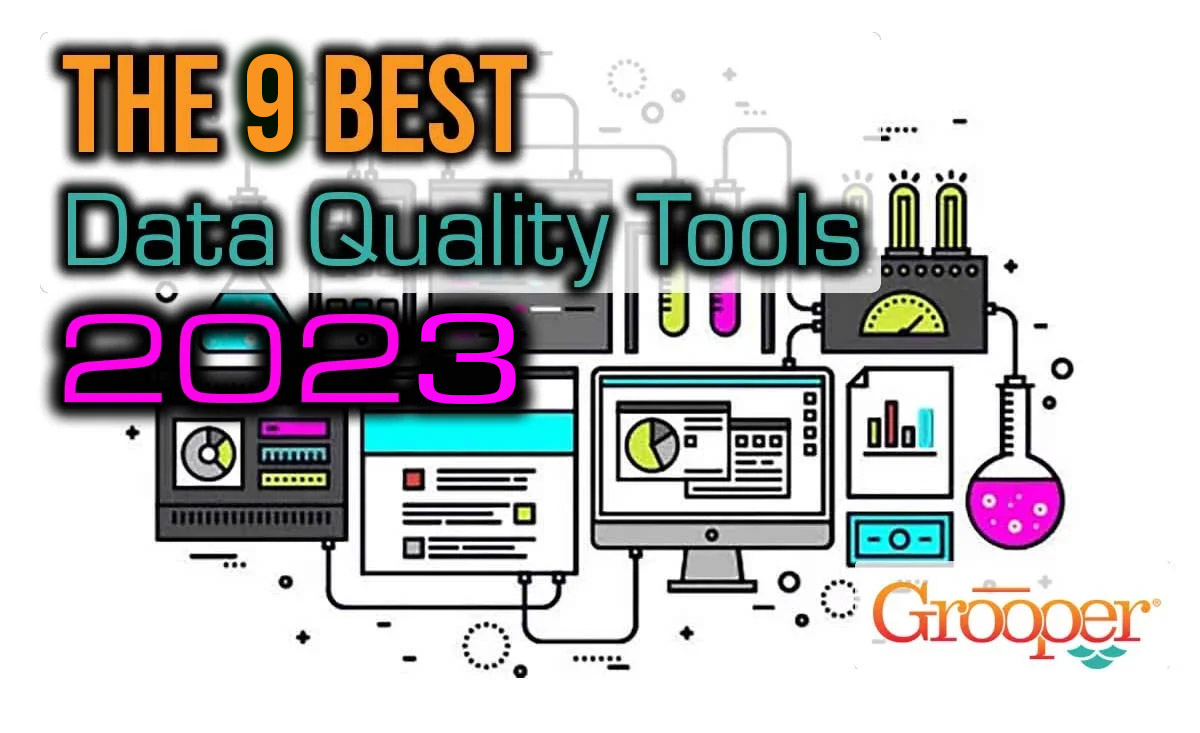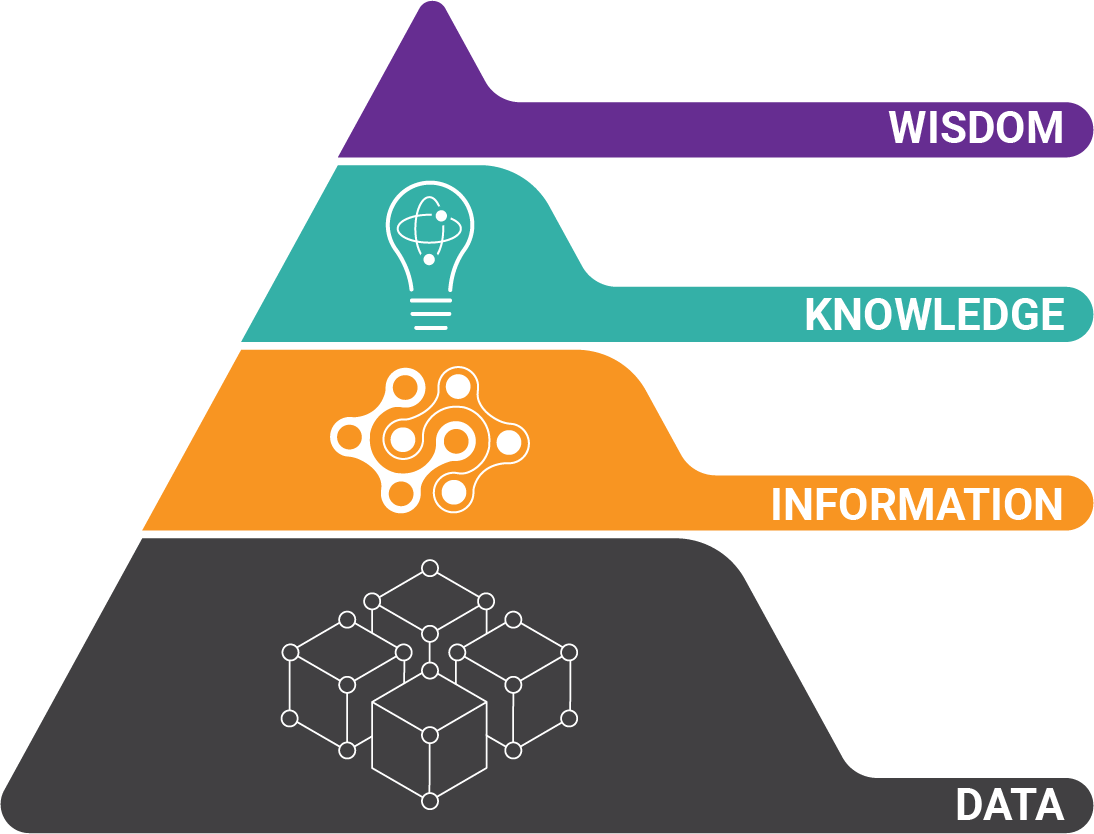Looking For a Data Quality Tool?
If data is an important part of your growth strategy, chances are very good you have some cleaning to do. Finding the best data quality tool for your tech stack is important.
We’re often asked “If we don’t choose Grooper, who else would you recommend?” That’s why we’ve made a list of the 5 best data quality tools on the market.
While Grooper is the product of over 30 years’ experience in working with document-based data, ETL, and integration, we understand your needs out of a data quality tool might be a little different.
 But we aren’t afraid to talk about our competition because we believe in transparency and that by providing helpful and honest content, you’ll find us to be a valuable resource. And – it’s just the right thing to do! We’re thrilled you’ve found us and are happy to answer all your questions.
But we aren’t afraid to talk about our competition because we believe in transparency and that by providing helpful and honest content, you’ll find us to be a valuable resource. And – it’s just the right thing to do! We’re thrilled you’ve found us and are happy to answer all your questions.
All the solutions below offer great solutions to ETL, master data management, data cleansing, integration, and information governance.
- What are Data Quality Tools or Software?
- Data Quality Tool Features
- Data Quality Tools Comparison Chart
- How to Pick the Right Data Quality Tool
What are Data Quality Tools or Data Quality Software?
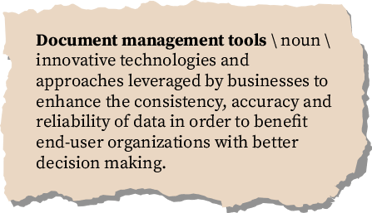
Data quality tools or software are innovative technologies and approaches leveraged by businesses to enhance the consistency, accuracy and reliability of data in order to benefit end-user organizations with better decision making.
This category of tools includes:
- Data cleansing
- Data migration
- Data auditing
Employing tools with these abilities creates standardized data that contains very few typos or abbreviation errors. Data quality software is integral to larger goals in the field of enterprise information management (EIM), which includes information governance and master data management (MDM).
What Features to Look for in a Data Quality Tool
Depending on whether you are a very small company, small to medium or enterprise-level business, you will need different features. But here are several general features that most data quality software include:
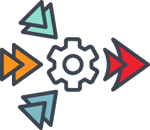 Standardization, Normalization and Parsing: This is a large component of organizing data as it is the process of converting various forms of data into one standard or normal format with the goal of integrating all of it into a data platform. Specifically, it involves standardizing each data element according to pre-defined rules.
Standardization, Normalization and Parsing: This is a large component of organizing data as it is the process of converting various forms of data into one standard or normal format with the goal of integrating all of it into a data platform. Specifically, it involves standardizing each data element according to pre-defined rules. Matching / Deduplication and Merging: This feature recognizes copies of data that appear similar, flags them as matches and then merges the data in order to prevent duplicate copies of data. As a result, another benefit is of this feature is reduction of storage sizes.
Matching / Deduplication and Merging: This feature recognizes copies of data that appear similar, flags them as matches and then merges the data in order to prevent duplicate copies of data. As a result, another benefit is of this feature is reduction of storage sizes. Data Cleansing: Corrupt, erroneous or redundant data is taken out of the data source. In this feature, data with missing values or data designated as incorrect can be removed.
Data Cleansing: Corrupt, erroneous or redundant data is taken out of the data source. In this feature, data with missing values or data designated as incorrect can be removed.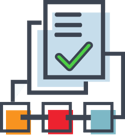 Validation: Human interaction is involved in this step to ensure data is accurate and of the best quality. This step usually takes place after automated data entry, and checks: format, data, codes, ranges and consistency.
Validation: Human interaction is involved in this step to ensure data is accurate and of the best quality. This step usually takes place after automated data entry, and checks: format, data, codes, ranges and consistency. Data Profiling / Auditing: This includes analyzing data to understand the structure, visible and hidden relationships between data elements, and looking for specific data. Data elements are meticulously examined to spot aspects such as frequency, minimum and maximum.
Data Profiling / Auditing: This includes analyzing data to understand the structure, visible and hidden relationships between data elements, and looking for specific data. Data elements are meticulously examined to spot aspects such as frequency, minimum and maximum.
Data Quality Tools Comparison Chart
| Vendor | Software | Target | Biggest Benefits |
| Informatica | Data Quality | Integrates diverse forms of data; supports Microsoft, Deloitte and Accenture | Wide scope of services due to vast partner system; address standardization and validation, real-time data; deduplication |
| IBM | InfoSphere |
Data science, big data, business intelligence; data warehousing; app migration and data management |
Metadata management, Full IBM database stack, address validation / standardization, data quality monitoring, scorecards |
| SAP | Data Services | Enterprise resource planning; cloud-based options | Rules and controls, integration among SAP tools, scorecards, metadata management |
| SAS | Data Management |
Open-source support for cloud-ready tools; simplified user experience; data cleansing for different data sources |
Customization possibilities, statistic and data analysis, ArcGIS, metadata management |
| Talend | Data Quality | Ease of use; open-source tool; deep integration with other data sources | Fast daily data integrations; custom Java tools; real-time information; data cleansing |
Reviews of the Best Data Quality Tools and their Features:
Informatica Data Quality
The Lowdown:
Headquartered in Redwood City, California, Informatica is a consistently-ranked leader in data quality tools. Their products include Informatica Data Quality, Master Data Management, Big Data Quality, Axon Data Governance, and Data as a Service. They are well established in the market with over 5,000 customers.
 Perhaps one of Informatica’s strongest selling points is a large global partner ecosystem. Their partners include the likes of Accenture, Amazon, Cognizant, Deloitte, Google, and Microsoft. If there’s any part of your data governance project outside the scope of their services, a partner is certainly going to fill in the gaps!
Perhaps one of Informatica’s strongest selling points is a large global partner ecosystem. Their partners include the likes of Accenture, Amazon, Cognizant, Deloitte, Google, and Microsoft. If there’s any part of your data governance project outside the scope of their services, a partner is certainly going to fill in the gaps!
Be forewarned, however, that with such a large ecosystem to support, they won’t be the least expensive data quality tool. What they lack in terms of usability and price-point, they make up in a deep understanding of the data quality market.
Warnings:
- Resource intensive
- Complex transformations are hard to configure / debug
- No job archival
Commonly Used In:
- Insurance
- Financial services
- Information technology services
- Enterprise
Most Used Features:
- Address validation / standardization
- Records deduplication
- Integration of data from SAP and Salesforce
- Real-time information
- Data profiling
- Character set mapping
Least Used Features:
- Scheduling
- Alerts
- Corporate support / training materials
- Scorecards / exporting scorecards
- Integration with other Informatica tools
IBM InfoSphere Quality Stage
The Lowdown:
Headquartered in Armonk, New York, IBM is also a top-ranked leader in data tools. Their product, IBM InfoSphere Information Server for Data Quality commands an established market of well over 2,000 customers.
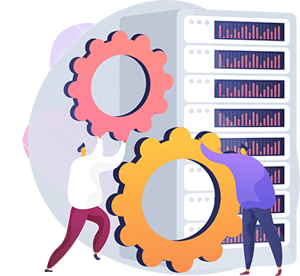 IBM has operations in over 170 countries and provides its own ecosystem of software applications. They certainly have a deep understanding of the data quality market and have proven innovations in data science capabilities.
IBM has operations in over 170 countries and provides its own ecosystem of software applications. They certainly have a deep understanding of the data quality market and have proven innovations in data science capabilities.
While offering a lower price-point than some of their competitors, being the giant they are, ease of upgrades and support seem to be lagging.
Warnings:
- Difficult to integrate their data quality tool with other products
- No integration with NoSQL
- Limited search
- Slower at processing large volumes of information
- Limited cloud capability for data stage
Commonly Used In:
- Education / Government
- Financial services
- Legal
- Mid-market
- Enterprise
Most Used Features:
- Address validation / standardization
- Data quality monitoring
- Scorecards
- Metadata management
- Full IBM database stack
Least Used Features:
- BIG Insights
- XML
- Customizations
- Web user interface
- Corporate support / training materials
SAP
The Lowdown:
Headquartered in Walldorf, Germany, SAP is also a well-known European multinational software corporation. Their products include: SAP Smart Data Quality, SAP Information Steward, SAP Data Services, and SAP Hub.
 Best known as an enterprise resource planning solution, their corporate strategy includes a recent shift to focus on cloud-based offerings.
Best known as an enterprise resource planning solution, their corporate strategy includes a recent shift to focus on cloud-based offerings.
With a customer base of over 14,000 customers, they are one of the top three data quality tool providers identified by Gartner, Inc.
Warnings:
- Resource intensive
- Slower at processing big data
- Limited collaboration with multiple developers
- Limited functionality with some browsers, i.e. Chrome
Commonly Used In:
- Manufacturing
- Healthcare
- Education
- Consumer products
- Information technology services
- Enterprise
Most Used Features:
- Scorecards
- Metadata management
- Address validation / standardization
- Rules and controls
- Integration between SAP tools
Least Used Features:
- Customizations
- Clustering / load balancing
- Cloud connectivity
- Scheduler
SAS Data Management and Data Quality
The Lowdown:
Headquartered in Cary, North Carolina, SAS provides tools and services through two core products; SAS Data Management, and SAS Data Quality. SAS has deep industry experience as evidenced by over 2,500 customers for their data quality tools.
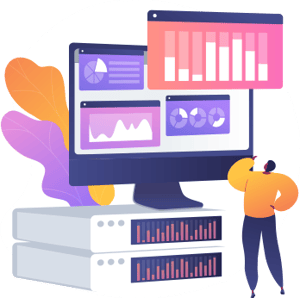 What makes SAS quite different from their closest competitors is an open-source support for their cloud-ready platform.
What makes SAS quite different from their closest competitors is an open-source support for their cloud-ready platform.
From a business-user perspective, they have simplified the user experience with advances in artificial intelligence and automation built on a massive parallel processing architecture.
Without a foothold in existing lines of business, SAS seems to be the choice for the largest variety of use-cases. Be forewarned – you absolutely must have an experienced SAS developer to achieve rapid success.
Warnings:
- Resource intensive
- Requires object based programming skills
- Sluggish with more complex machine learning algorithms
- Expertise in statistical mathematics is required
Commonly Used In:
- Healthcare
- Education
- Financial services
- Enterprise
Most Used Features:
- ArcGIS
- Customizations
- Statistical analysis
- Data analysis
- Metadata management
Least Used Features:
- Corporate support / training materials
- Real-time processing
- MAC compatible version
- Point and click interface
Talend
The Lowdown:
Headquartered in Redwood City, California, Talend offers two products; Talend Open Studio, and Talend Data Management Platform. Talend has a very large and active user community which has helped grow their user-base to over 1,500 customers.
 Talend has enjoyed a massive increase in customer since 2017. This is likely due to the overall ease of use of their data quality tools and the active user community. As an open-source tool, it provides deep integration with outside information sources.
Talend has enjoyed a massive increase in customer since 2017. This is likely due to the overall ease of use of their data quality tools and the active user community. As an open-source tool, it provides deep integration with outside information sources.
With a free version to get started on, it’s easy to get your feet wet with Talend. Custom-code is Java, and that makes finding development support a smaller lift than other solutions.
Warnings:
- Resource intensive
- Limited search
- Requires Java programming skills
- Trouble with joblets
Commonly Used In:
- Healthcare
- Information technology services
- Education
- Mid-market
Most Used Features:
- Open-source
- Fast daily integrations
- Custom Java components
- Real-time data
Least Used Features:
Attaccama ONE
The Lowdown:
 Ataccama ONE was recognized as a leader in Gartner's 2021 Magic Quadrant for Data Quality Solutions. It offers an enhanced data management platform that enables data discovery, metadata management, data catalog, data quality management, big data integration / processing, and more.
Ataccama ONE was recognized as a leader in Gartner's 2021 Magic Quadrant for Data Quality Solutions. It offers an enhanced data management platform that enables data discovery, metadata management, data catalog, data quality management, big data integration / processing, and more.
Attaccama ONE also includes machine learning, text analytics, and data enrichment through external sources and data lake profiling.
Commonly Used In:
- Healthcare
- Services Industry
- Finance Industry
Strengths:
- Data hub strategy execution
- Out-of-the-box data profiling abilities
- Easy to use and flexible
Warnings:
- Lengthy configuration process
- Difficult to pinpoint cause of errors
Innovative Systems
The Lowdown:
 Innovative Systems' Enlighten platform is an integrated data quality software suite that offers comprehensive and customizable solutions for any size of company.
Innovative Systems' Enlighten platform is an integrated data quality software suite that offers comprehensive and customizable solutions for any size of company.
Enlighten provides a wide range of capabilities such as data profiling and standardization, linking and deduplicating records, cleansing, monitoring data quality over time, geocoding and validating addresses.
Commonly Used In:
- Finance
- Government
Strengths:
- Easy to use and customize
- Data matching capabilities
- Product support
Warnings:
- Interface for building workflows can be confusing
- Only Windows based
Oracle
The Lowdown:
 Description: Oracle's Enterprise Data Quality (EDQ) platform is a streamlined tool that can truly provide the much needed management and prioritization you require when assessing data. It supports a thorough data quality management environment that meets even the most complex data quality requirements.
Description: Oracle's Enterprise Data Quality (EDQ) platform is a streamlined tool that can truly provide the much needed management and prioritization you require when assessing data. It supports a thorough data quality management environment that meets even the most complex data quality requirements.
Commonly Used In:
- Manufacturing industry
- Finance
Strengths:
- Intuitive, easy to use
- Data consumption capabilities from different sources
- All-in-one tool
Warnings:
- No expert staff to lean on to solve complex problems
- Data export is limited
Syniti Knowledge Platform
The Lowdown:
 Description: Syniti (formerly BackOffice Associates) enables software users to pick from an range of supported MDM implementation styles. The product enables the creation of a single point of reference to master and application data from multiple domains.
Description: Syniti (formerly BackOffice Associates) enables software users to pick from an range of supported MDM implementation styles. The product enables the creation of a single point of reference to master and application data from multiple domains.
Syniti automatically informs users when work needs to be performed, as well as monitor processes against SLAs. It also links the business semantic layer to all application and master data used by the solution.
Commonly Used In:
- Manufacturing industry
- Services industry
Strengths:
- Ability to handle raw unstructured and structured data
- Data cleaning and parsing techniques
- Multi-domain support
Warnings:
- Some features are not intuitive
- Lack of support materials, especially for MatchIT SQL
- Processing header row column data can be troublesome
How to Pick the Right Data Quality Tool:
After considering the comments from hundreds of users of data quality tools, there are a few considerations which will help guide you in making the right decision:
1. Do you already use other software applications from the provider?
If you already use IBM or SAP products, for example, it is a logical choice to extend the family of software to their data tools. This will often be more economical and result in better integration throughout the products.
2. What in-house data quality tool expertise do you already have?
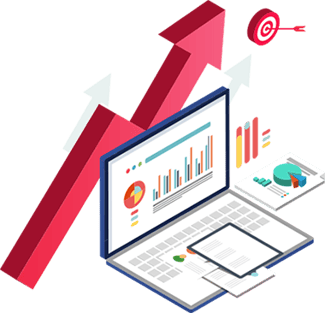 Many data tools offer deep customizations, or in the case of SAS, are almost entirely code-based. Consider what in-house expertise you already have.
Many data tools offer deep customizations, or in the case of SAS, are almost entirely code-based. Consider what in-house expertise you already have.
Getting developers who are familiar with the back-end and coding languages required can be expensive if you don’t already have that expertise.
3. Do you have a clear use-case with intended results?
One thing is clear – the more you know about the content you’ll be working with, and the intended results, the better your selection process and future outcomes.
Consider also the volumes of information you'll be working with and how quickly you need results. Are you processing data for:
- Analytics
- Reporting
- Or in accordance with a master data management?
While each data quality tool does a little of everything, they don't all offer the same throughput, load balancing for hyperscaling, or support for back-end databases.
4. Understand the capabilities — and limits — of data quality software
How deep are your data problems? Data quality tools can't fill in missing data fragments nor make up for old legacy software. You may have to re-examine your whole data frame work if you have missing data; a data quality software can't help much in many of those scenarios.
In addition, not all data quality tools can provide solutions for all data problems. Specialized standalone data tools, while very powerful, require a lot of knowledge to use successfully.
Discover How to Improve
Your Data Quality
Get Our Free Guide to Intelligent Document Processing
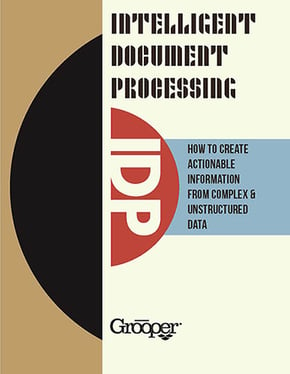
In this FREE Guide, you will learn:
- How to get far more data extracted out of business documents
- The 5 best tools for great electronic data integration
- Why traditional approaches to integrating high-quality data from documents doesn't work - and what DOES work
Get the Free Guide:
About the Author: Brad Blood
Senior Marketing Specialist at BIS
